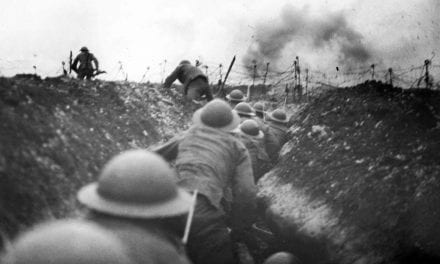The Black Lives Matter (BLM) movement and the murder of George Floyd have united the world against systemic racism and police brutality. Like many historical events, the framing of revolutionary movements is important in preserving the authentic message.
Joe’s lecture had us to consider the importance of framing collective violence. An answer I propose to this question could be that the way we frame acts of collective violence is important in framing the legacies of a movement; how it will be remembered, propagated, celebrated, or forgotten, for future generations.
An implication of this is the interest in preserving historical accuracy. Paul Revere’s Boston massacre depicts the confrontation between British soldiers (right) and the American colonists (left.) that resulted in the death of 5 victims and 6 injured. A famous martyr of the Boston Massacre was Crispus Attucks who was of African descent and a former slave was depicted as being white. The historic whitewashing of the victims in the image represents the artist’s choice to depict the “respectable” composition of the victims, ignoring the slave population and reality of USA 1770. This whitewashing is embedded in racist ideologies that alter the understanding of history in favour of a more palatable story.
On a separate but linked matter, Joe had mentioned that “for many historians, violence and protesting is a crucial aspect of collective behaviour and key to understanding the communities involved and the historical process unfolding
In the case of the BLM movement, I think we need to especially pay attention as to how acts of collective protesting are framed to avoid what happened to Crispus Attucks and the erasure of the African American population in history; not only to ensure their presence in their own history is solidified but to ensure their depictions by non-Black people aren’t purposefully or subconsciously racially charged.
Rosa Parks was not the first Black women to deny a white person a seat on the bus. It was 15 year old Claudette Colvin. She wasn’t chosen as a front runner for the Civil Rights movement because the National Association for the Advancement of Colored People (NAACP) said that Rosa Park would be a better icon because “she was an adult… teenagers wouldn’t be reliable… [Park’s] skin texture was the kind that people associate with the middle class… Colvin also became a teen mother” Although progressive, I find it harrowing leaders of civil rights movements had to carefully select their front runner to become more palatable and appear “respectable,” not dissimilar to the way Paul Revere whitewashed Crispus Attucks, and I feel not too dissimilar to the news saturation of violent “thuggish” riots for BLM.
The framing of this revolutionary event, as with any, is crucial. BLM is in danger of colonization to appear more palatable. Or in danger of blasphemy by conservative/popular media to reinforce negative stereotypes that NAACP sought to avoid in the 60’s.
https://www.npr.org/2009/03/15/101719889/before-rosa-parks-there-was-claudette-colvin
https://books.google.co.nz/books?id=vna6LzBbkuAC&printsec=frontcover&redir_esc=y#v=onepage&q&f=false


